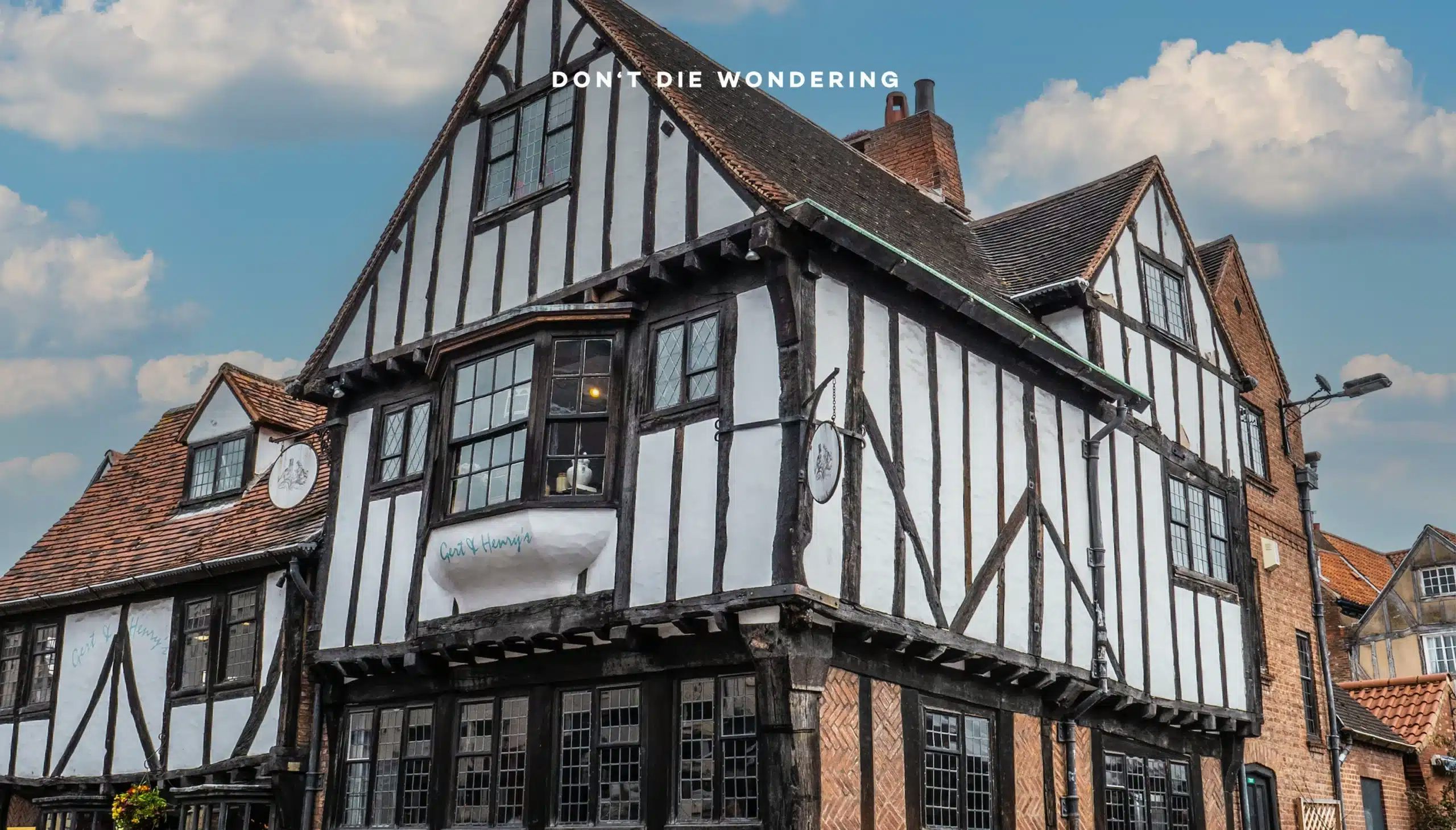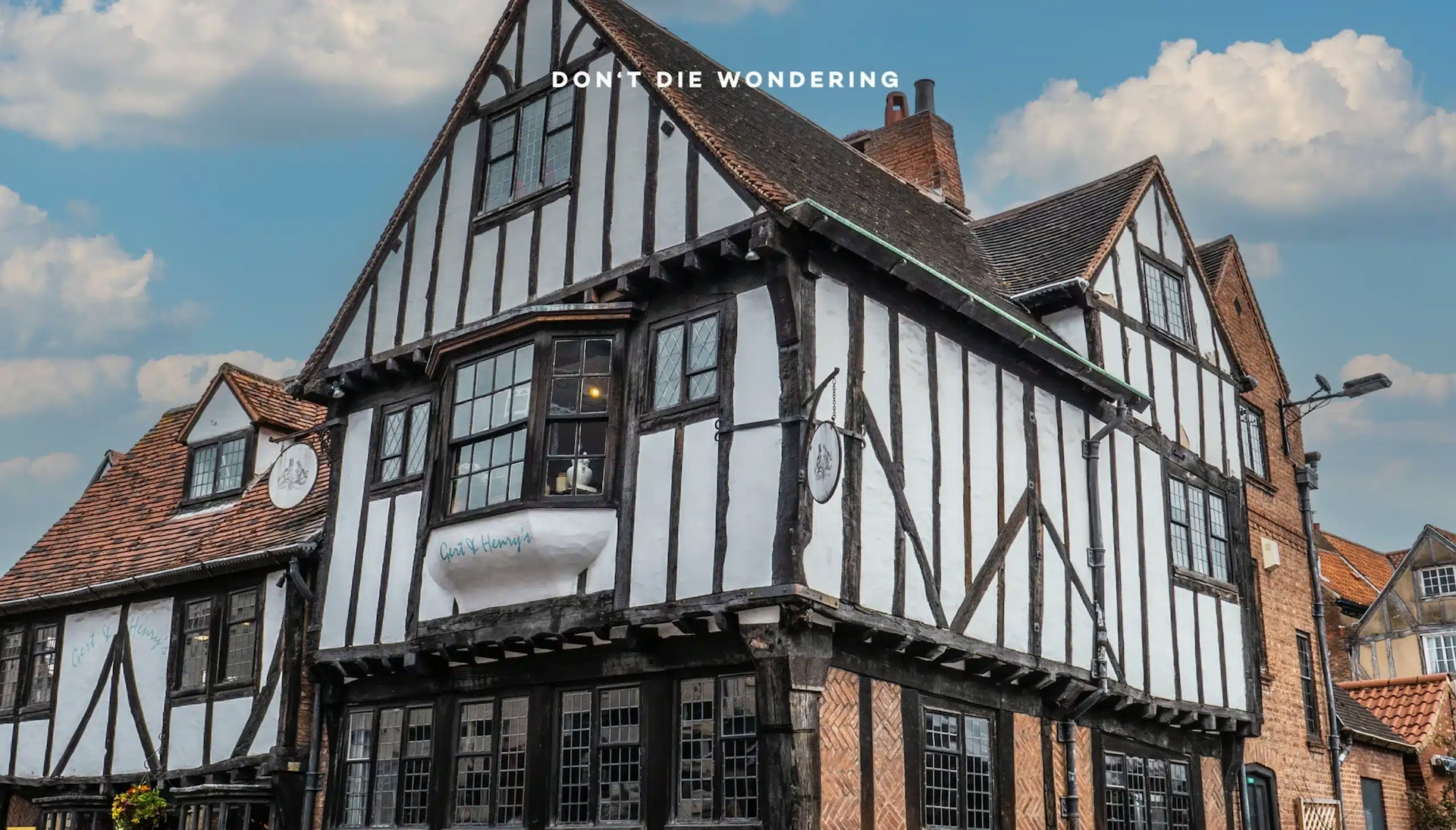Explore the allure and challenges of vintage properties, from purchase perks to renovation tips for a profitable real estate investment.
Buying a vintage property sounds like the perfect dream for some—and for a reason. Old houses have a certain charm and allure that modern-style homes just don’t have.
A majestic fireplace, wood craftsmanship from another era, elaborate ceiling skirting, and vines running around the property’s exterior are enough to wow any vintage lover. Add that to the fact that most old houses tend to cost less than their modern counterparts, and you have enough reasons to “go old school.”

While old houses do have certain qualities that modern houses don’t have, they are not without drawbacks. In this guide, we’ll discuss the reality of investing in vintage properties and enumerate their risks and rewards.
What Exactly Qualifies as a Vintage Property?
The Oxford Dictionary defines vintage as “something that’s not new, especially when it’s a good example of a style from the past.” In simpler terms, the word vintage means “of age.”
In real estate, the term vintage refers to homes at least 20 years old but not older than 100 years. Antique homes are those at least 100 years old or older. As of October, 2021, approx. 10.5 million homes in the US were between 20 and 30 years old, according to Statista.
The Rewards of Investing in Vintage Properties
As mentioned, old homes do have some advantages over newer, modern homes. These include:
Acquisition Cost
Generally, the purchase price of vintage houses tends to be lower than that of modern builds, though this is not guaranteed.
Because they’ve been around for much longer, you can often snag them at a considerably lower price. Research shows that newly built homes are up to 30% more expensive than old houses. The price depends on many factors, including the size of the property, where it’s located, and the property’s condition.
Opportunity to Increase Property Value
There’s an old misconception that buying an old house results in lower returns due to the diminished value. But the truth is, an older property could represent an opportunity for renovation. Small upgrades could help you add 10 – 40% more value to your home.
Improvements such as repairing the air conditioner, replacing the front door, building a garage, renovating the kitchen, and applying fresh paint shouldn’t cost much.
In fact, some of these upgrades will set you back just a couple hundred dollars. Worthington Air, a trusted cooling services company in Columbus, offers residential customers new HVAC systems for as low as $127 a month.
However, not all renovation projects are cheap. Roof replacement can cost up to $20,000, but return is also high. According to the 2023 Cost vs. Value Report, the national average ROI for replacing asphalt shingles is 61.1%.
A Good, Long-Term Investment
Vintage houses are in limited supply. As some are sold and others torn down, supply dwindles, further escalating the inventory problem. Yet, demand remains high for these retro structures.
For long-term investment, experts recommend buying a property with a high appreciation potential. And old houses fit the bill. With just a few cosmetic changes and minor renovations, you can restore a vintage property to its former glory and rent it out.
Risks of Investing in Vintage Properties
Like everything else, investing in old houses has its fair share of drawbacks.
Outdated Building Code
Properties with inefficient plumbing or old heating systems may not comply with the modern building code and may pose safety risks.
For instance, properties built in the 80s and early 2000s may not be energy efficient.
Modern homes are built with energy-efficient materials and have built-in technology to reduce water usage and greenhouse gas emissions.
They’re also incredibly well insulated with double-glazed windows, which helps save on energy bills. Of course, there are ways to make a vintage house more energy efficient, but this comes at an extra cost.
Higher Cost of Insurance
Insuring an old house is, in most cases, more expensive than insuring a new one.
Insurance companies know that old houses carry more risks than newer ones and hence increase the premiums for vintage properties.
And it makes sense; the risk of an old house having an unstable foundation or faulty electrical/plumbing system is higher than that of a newly built home.
Wrapping Up
Buying a vintage property does have its rewards, but it’s not without drawbacks. If price and property value are your primary concerns, an old house is the better option. These vintage structures can be renovated to look as good as new.
However, note that older properties may not conform with modern building codes, and you may end up paying more for the homeowner’s insurance.


